Physics
Sign up for our newsletter
We summarize the week's scientific breakthroughs every Thursday.
-
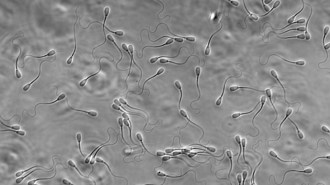 Health & Medicine
Health & MedicineCooperative sperm outrun loners in the mating race
Sperm that swim in clusters travel more directly toward the uterus, while overcoming fluid currents in the reproductive tract.
-
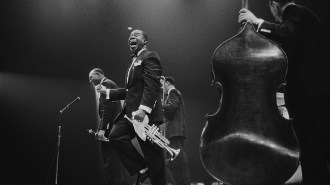 Humans
HumansHere’s where jazz gets its swing
Swing, the feeling of a rhythm in jazz music that compels feet to tap, may arise from near-imperceptible delays in musicians’ timing, a study shows.
By Nikk Ogasa -
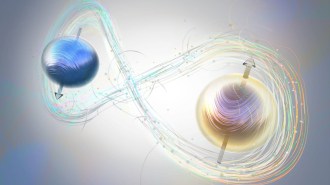 Physics
PhysicsQuantum experiments with entangled photons win the 2022 Nobel Prize in physics
Three pioneers in quantum information science share this year’s Nobel Prize in physics.
-
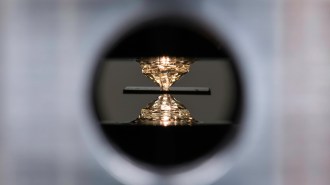 Physics
PhysicsDespite a retraction, a room-temperature superconductor claim isn’t dead yet
A high-profile retraction called a superconductivity result into question. But a new experiment appears to support it.
-
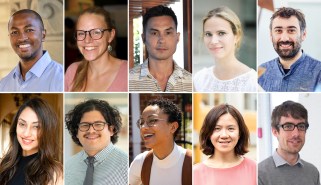 Science & Society
Science & SocietyBig questions inspire the scientists on this year’s SN 10 list
These scientists to watch study climate change, alien worlds, human evolution, the coronavirus and more.
-
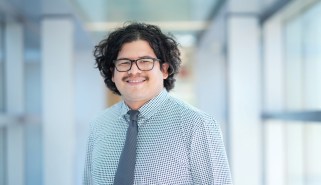 Particle Physics
Particle PhysicsCarlos Argüelles hunts for particles beyond the standard model
Carlos Argüelles overcame hardship and discrimination to pursue a passion for physics.
By Asa Stahl -
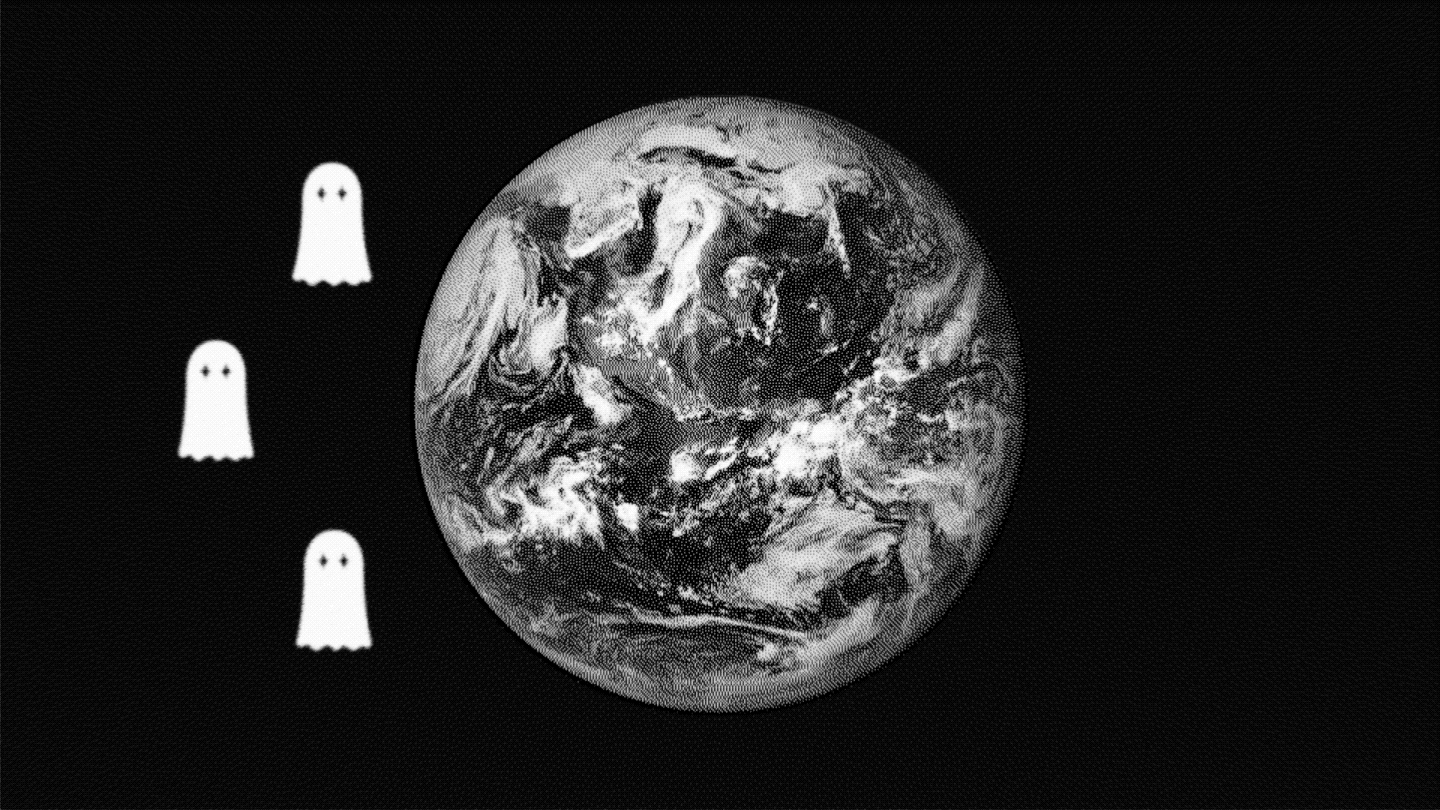 Particle Physics
Particle PhysicsHow ghostly neutrinos could explain the universe’s matter mystery
If neutrinos behave differently from their antimatter counterparts, it could help explain why our cosmos is full of stuff.
-
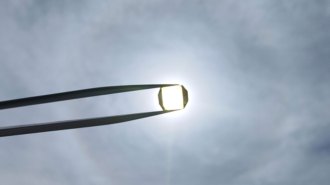 Quantum Physics
Quantum PhysicsThis environmentally friendly quantum sensor runs on sunlight
Quantum sensors often rely on power-hungry lasers to make measurements. A new quantum magnetometer uses sunlight to measure magnetic fields instead.
-
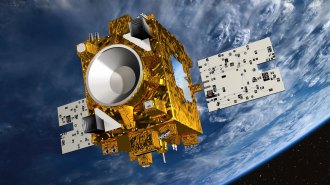 Physics
PhysicsFalling objects in orbit show Einstein was right — again
For more than two years, a pair of metal cylinders fell at the same rate in space, confirming the equivalence principle, a key tenet of general relativity.
-
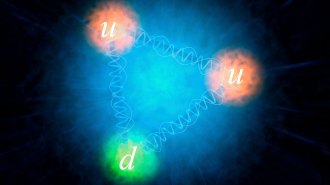 Particle Physics
Particle Physics50 years ago, physicists got a whiff of what glues together protons
In 1972, particle smashups hinted at the gluon, which we now know not only holds together the innards of the proton, but also makes up more than a third of its mass.
-
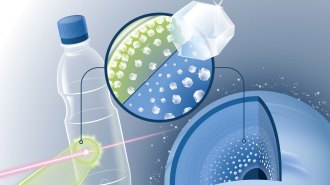 Physics
PhysicsZapping plastic with a laser forged tiny diamonds
The technique could be used to manufacture nanodiamonds for use in quantum devices and other applications.
-
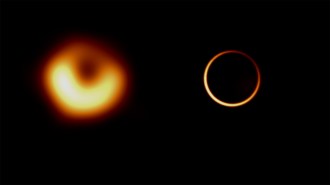 Space
SpacePhysicists dispute a claim of detecting a black hole’s ‘photon ring’
A thin ring of light around a black hole, which would probe gravity in a new way, has been found, one team claims. Skeptics aren’t convinced.